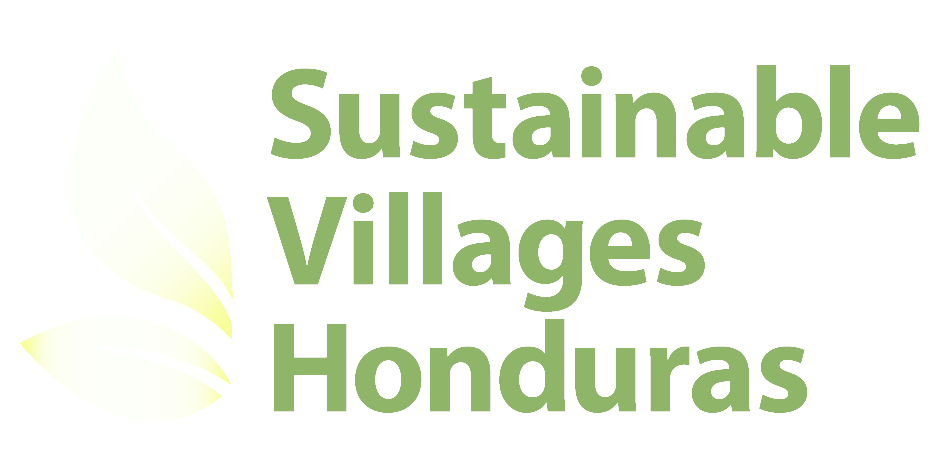A FEBRUARY 2019 TRIP TO HONDURAS WITH A WHOLE NEW LEVEL OF INVOLVEMENT
by Mary Procter
This was my tenth trip to Honduras and by far the most fascinating and exciting of all. We were a group of seven Spanish speakers (with quite a range of accuracy and fluency). Betsy and Collie Agle and my husband Bill Matuszeski brought life experience and knowledge of the seven mountain villages to the trip. Jack Murphy and Molly Ellison tapped into their memories of trips with St. Mark’s youth groups. Ted Jenkins brought a solid Cornell education in organic agriculture and experience in three different internships in Mexican and Central American coffee culture and other tropical farming.
We were immediately drawn into the creative thinking and energetic organization by the recently elected Mayor in the municipality of Chinda, the government leader for six of the SVH villages. After meeting her in March 2018, Roy Lara in Honduras and Collie Agle kept in close touch all year. In a series of meetings, including dinner at her house, she and many of her staff engaged us in discussions about the issues confronting the municipality.
Chinda Villages Collaborate to Protect Access to Water Sources
For years we have heard villagers tell us about their precarious access to water. They are dependent on mountain streams for water for their families and for crops. Some large owners of land above the villagers interfere in various ways with the village access to good quality water. They may cut down trees that protect the water source and the humidity of the mountains soil; they may may cut back on the water that is needed by a village.
Over the ten days of the February trip, significant progress was made towards an ambitious goal—to create an official preserve to protect the water sources for the villages in the municipality of Chinda.
Claudia Castro, in charge of the Honduran Institute of Forest Preservation for Santa Barbara, explained the process for the official designation of a preserve for the watershed of Zapotal that includes five of the SVH villages. She also agreed to guide the process and educate the landowners in that watershed on the importance of their role in protecting the watershed.
The Mayor has convened all the landowners for a meeting in July 2019 to discuss with the hope they will all agree on a plan to protect the watershed. SVH-Vecinos coordinator Roy Lara is working closely with the Mayor’s water staff, Water for People (another NGO), and the Chinda association of village water boards to play their important role in creating the forest preserve.
AGRICULTURAL EXPERIMENTATION FOR RESILIENCE TO DROUGHT
We learned that the SVH villages have experienced the same unpredictable rainfall that has disrupted agriculture in other Central American countries.
SVH-Vecinos staff Roy Lara has placed a high priority on teaching agriculture techniques that are resilient to drought. We visited an important experimental plot testing a planting technique dating from the Mayan era. Called milpas, farmers plant multiple crops designed to increase shade and water retention, and they leave cuttings to rot on the plot. By the time of our visit Virgilio Amaya of El Tule had harvested three crops of beans, squash, and sweet potato from his milpa, even though there had been no rain since September. The large leaves of squash and sweet potato plants protect the soil from drying out. Since our visit, Roy Lara has worked with farmers in four additional SVH villages to plant experimental milpas.
CHINDA GOVERNMENT COLLABORATES WITH SVH-VECINOS ON HEALTH
Idania Reyes, the other SVH-VH staff member, briefed us on chagas, a parasite that is transmitted to humans mostly at night by insect bites. She told us she had been working with the Mayor and the Chinda health agency to build up the health committees in the SVH villages and to educate villagers about diseases like chagas and mosquito-borne illnesses such as chikugunya, an illness that can cause muscle pain and joint swelling for years. Since February, Idania and the village health committees have organized campaigns in each village to identify adults and children who need treatment for chagas disease and to eliminate standing water where mosquitoes can breed.




